Finding Exposure in Rural America
Story, photos, and cover art by Elisabeth Ahlstrom
January 19, 2016. 8:47 p.m.
Middle of nowhere, Utah.
It seemed as if the drive would never end. Dallin Draper had left Provo 45 minutes ago after his second workout of the day. Having nothing but the stars and headlights to guide him, he was only halfway home.
In addition to classes, the sophomore’s day included homework, basketball practice, driving to Provo, track practice and finally driving home.
Athletes like Draper face challenges that most high school athletes don’t. Why?
He’s from Delta, Utah.
Delta?
Yes, you read that correctly, Delta.
Delta is a small, tight-knit community with everything revolving around the local high school. From Friday night football to hanging out in the parking lot, it’s a place where everyone knows each other.
There are only 3,678 people living in this rural town in Utah’s west desert, situated 100 miles from Provo. And that’s where the challenges begin.
There are communities like this across the country, many even smaller, and some with class sizes in the single digits.
Athletes from these communities who have the talent and desire to pursue college athletics face challenges that big city students don’t.
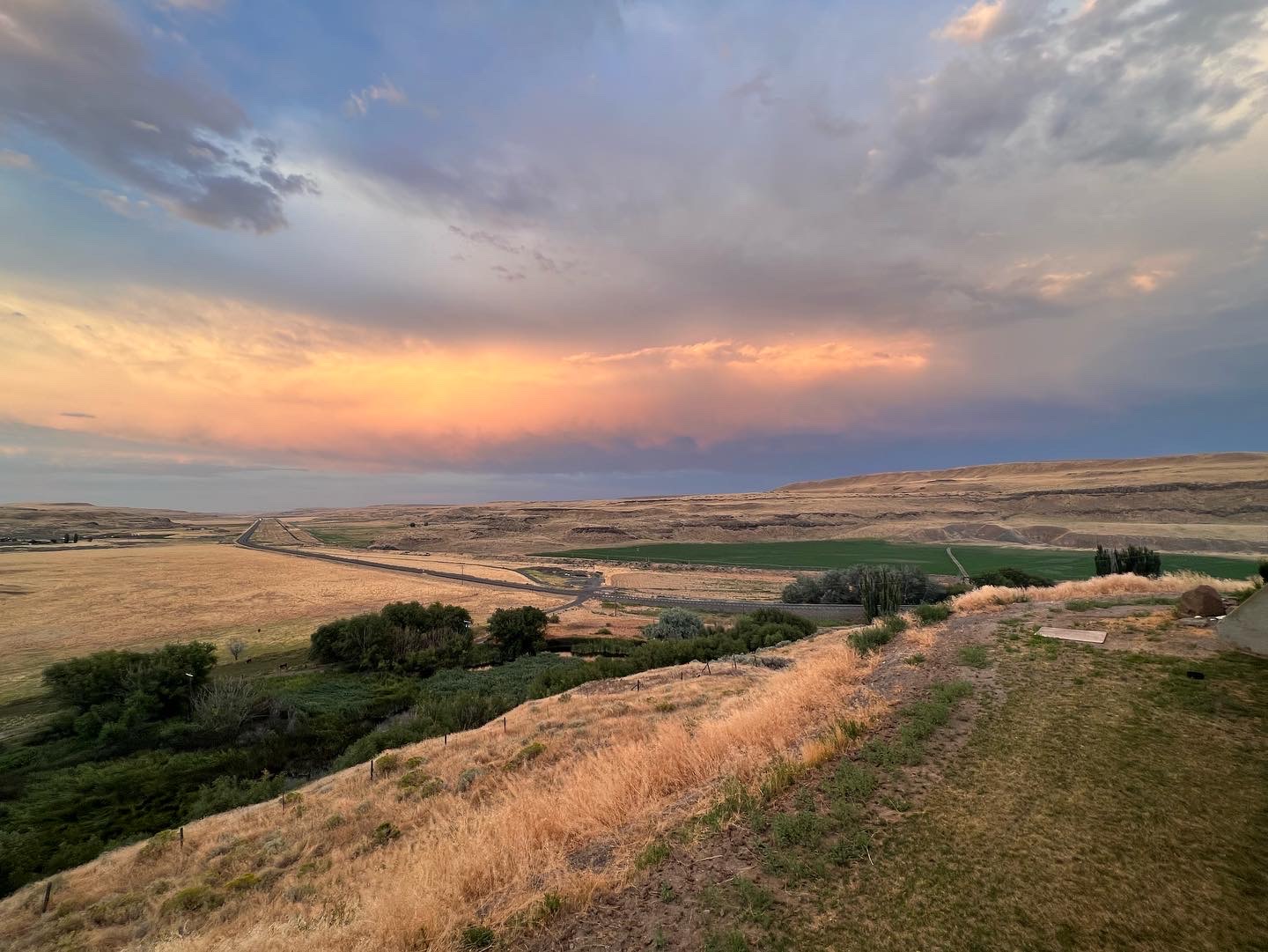
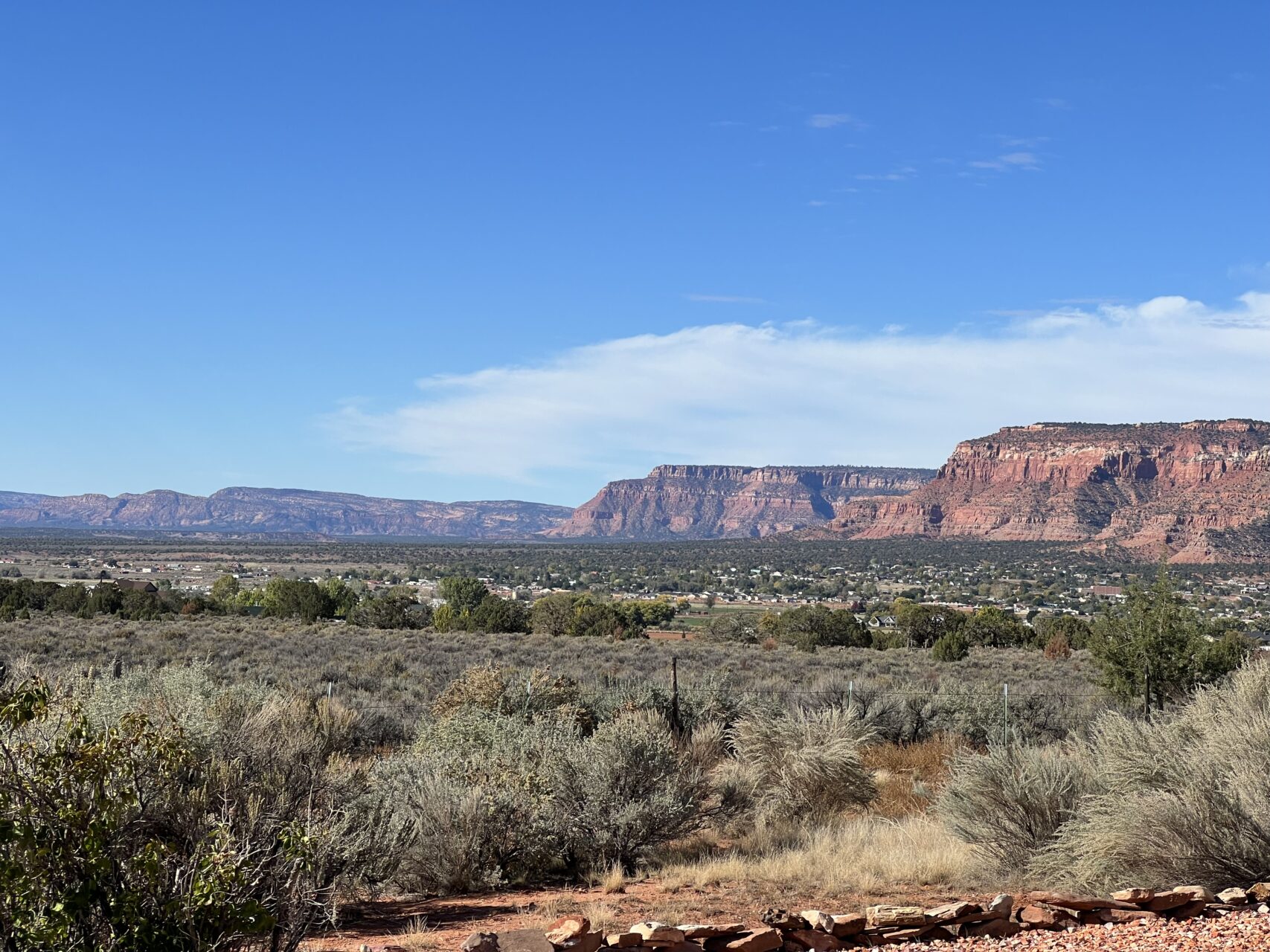
While these rural towns hold some of the most stunning views, rural athletes are often hidden from college scouts and recruiters amid the vast deserts, towering peaks and rolling hills from college scouts and recruiters.
To catch the eye of colleges, athletes make tough choices.
Draper chose to join a club running team — Gold Medal Athletics (GMA) — in Provo, a 45 minute drive from his home.
GMA took Draper to bigger meets out of state such as Simplot, Arcadia, New Balance Indoor Nationals, giving him a chance to run against the very best.

With GMA’s extra coaching, Draper was able to run at the USATF Junior Olympic Championships. The decision to run with a club team gave Draper exposure and experience he wouldn’t have had otherwise.
“I needed to do it because there is no one for me to train with for big meets in Delta,” Draper said.
Jessica Thompson, a thrower on BYU’s Track & Field team, took a different route.
Thompson is from Plains, MT, and even though she wanted to join a club volleyball team, it wasn’t possible financially.
Instead, she continued to play with her high school teammates. Thompson played volleyball in the fall, basketball in the winter and had back-to-back practices in the spring with softball and track.
“There are not that many people that do all of the sports, but I got [all-state] recognition for all four sports for multiple years,” Thompson said.
These achievements caught the eye of smaller universities and colleges. Thompson had recruitment offers for basketball or volleyball from Montana State, North Dakota State and Carroll College.
When she received an offer for track at BYU, Thompson explained that she chose to do track and go to BYU because “it’s a really good school. I can get this paid for academically and I get to do a sport.”
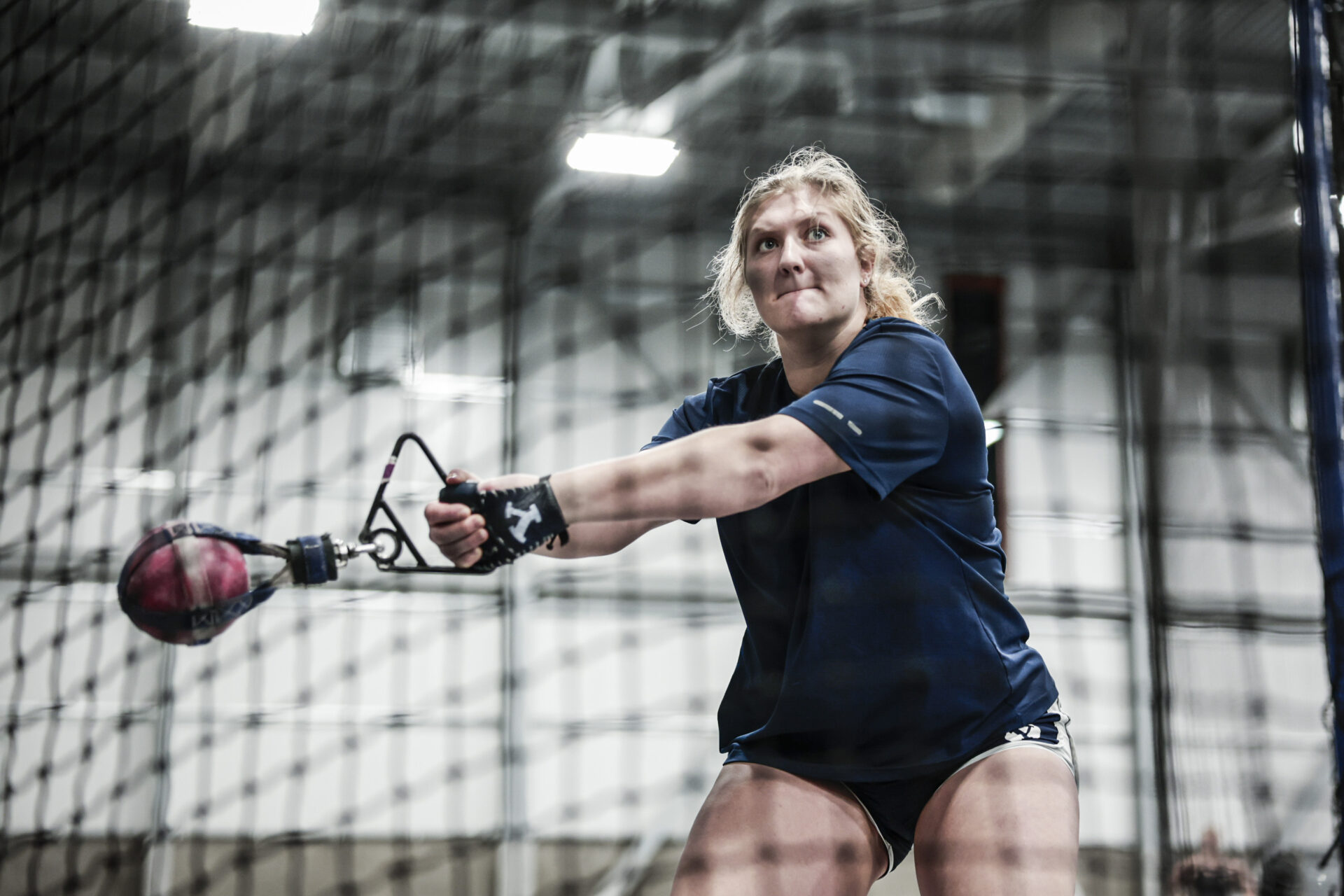
Finances aren’t just considered by individuals, but by coaches too.
Whether it’s uniforms, equipment, facilities or buses, everything has a price. A school must watch its budget and find funding, regardless of the school’s size.
With smaller populations and even smaller student bodies, rural high schools don’t receive the same funding that larger high schools do.
The question arises: what gets cut?
Levi LeFevre is a cross-country and track coach in Kanab. Kanab sits on the Utah/Arizona border, and the bus ride to Provo for some of the biggest state track meets is a four hour trek.

LeFevre said that at times his athletes have to choose which races to attend because of the associated costs of such extensive travel. That selection only allows students a few opportunities to showcase their abilities.
It’s not limited to physical resources. LeFevre said smaller, secluded populations also don’t have the same pool of people to hire coaches from.
LeFevre explains that coaches are often parents or teachers in the community who played the sport in high school, and if an athlete is lucky, maybe competed in college. Typically, the coaches don’t have the same training and experience that coaches in bigger or private schools have.
In addition to limited coaches, there are only so many students.
For example, every few years, Escalante High School in rural southern Utah can’t field a boy’s basketball team due to the lack of enrollment.
Kahlotus, WA native and BYU softball catcher Emma Andrewjeski encountered a similar situation growing up.
“There’s probably a hundred people, and there are definitely more cows than people,” Andrewjeski said of her hometown. “The high school that was in town had a graduating class of three people.”
As an alternative, Andrewjeski drove 20 minutes one way to a school with better sports and 100 other students in her graduating class.
Sacrifices like Andrewjeski’s happen for all athletes, but in rural communities, they tend to be more frequent and sometimes larger.
Draper often missed attending basketball games with friends because he was in Provo practicing and even remembers missing his junior prom because of the Arcadia race in California.
“Junior prom is huge in Delta,” Draper said. “It’s like the main prom. Everyone attends, not just the students.”
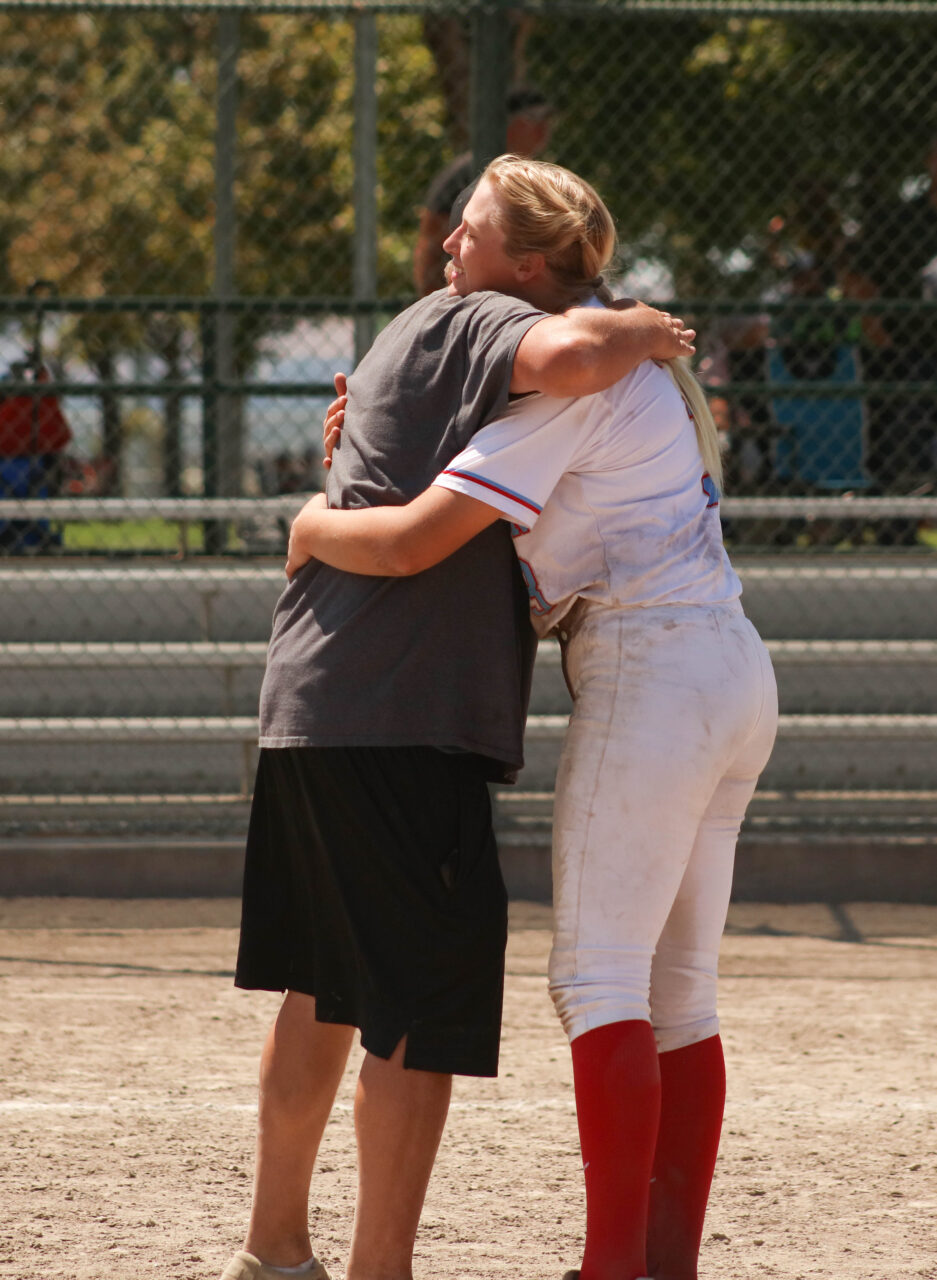
Being a multi-sport athlete or generalizing in rural schools is normal and often encouraged.
“There really is no downside to being a multi-sport athlete,” LeFerve said.
LeFerve continued by saying the only challenge that rural students tend to face is time management, but it’s another lesson that sports can teach.
Andrewjeski and Draper both credit playing many sports with being better athletes. Besides softball, Andrewjeski also played volleyball, basketball, track and wrestled.

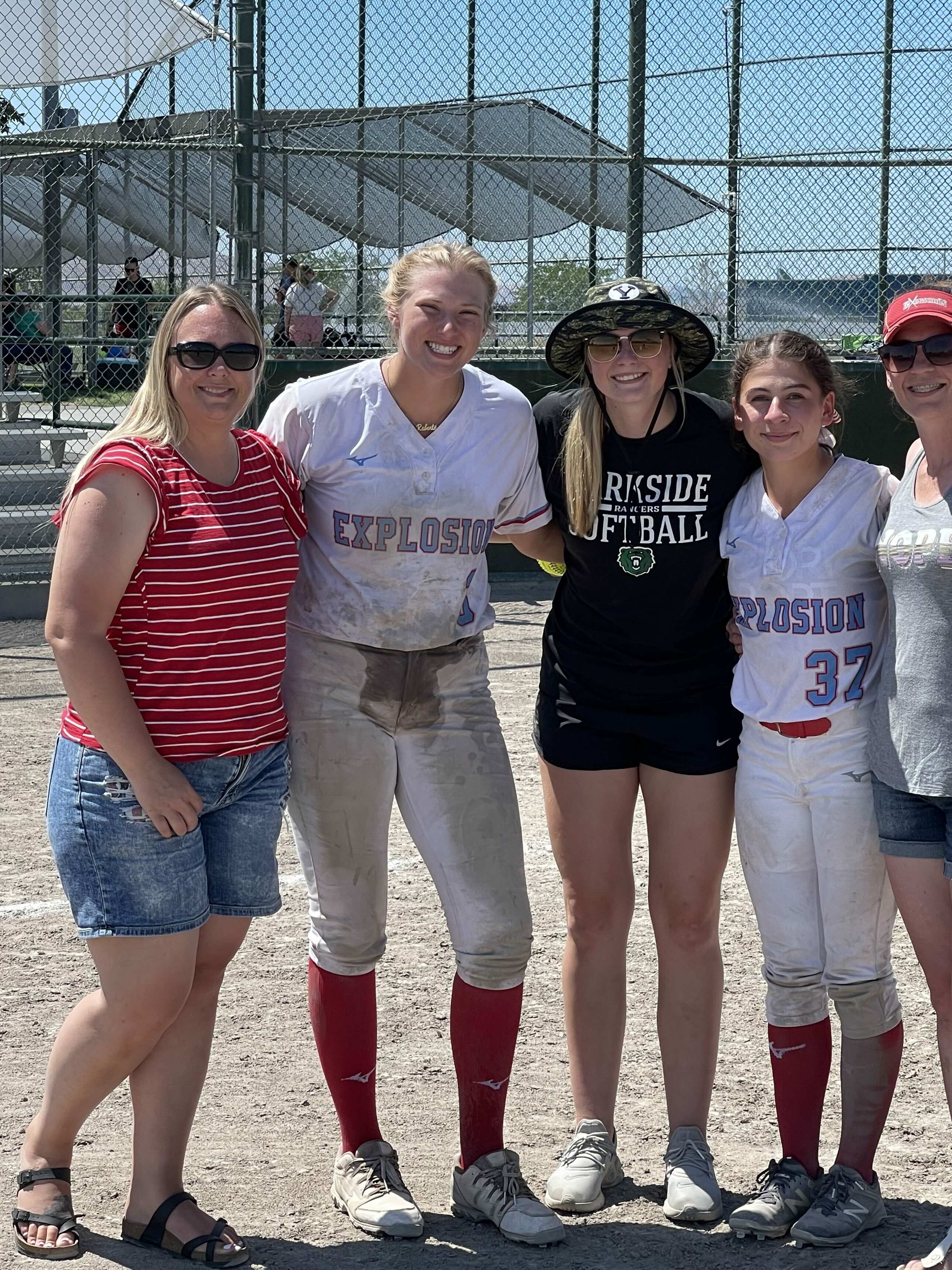

“Playing different sports you learn different moves and build different muscles,” Andrewjeski said. “But I think it made me appreciate softball more because I’ve tried different things and I’ve been good at different things and just came back to softball.”
Thompson found offseason sports to be her safe place.
“I would go to volleyball open gym during basketball season when I’d become frustrated,” Thompson said. “When you didn’t have to worry about (a current sport) you got a mental break. It gives me a mental safe place.”
Thompson found that a benefit to playing multiple sports was always being in shape.
Draper believes that playing multiple sports helped him become a more well-rounded individual and athlete.

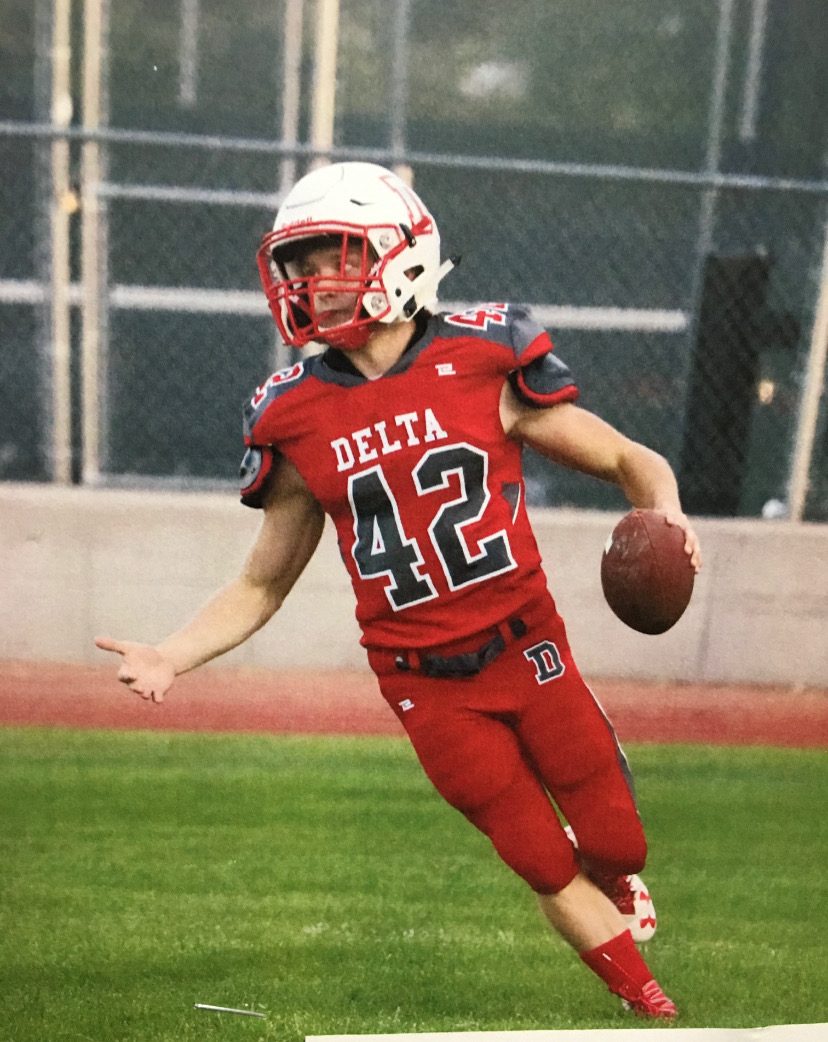
As difficult as playing sports in a rural community can be, it still has its advantages.
“I definitely feel like athletics in rural areas keep you out of trouble,” Thompson said. “If you weren’t doing sports, you were either drinking or shooting something or just doing something stupid.”
Thompson noted that even when you don’t like your teammates, you have to learn how to grow and communicate with them because you’ve probably known them most of your life and will continue to play on the same team in another sport.
“I think that for rural kids, they were playing their sport in the summer while also working and trying to do the best they could for their parents, and not just because of the financial reasons,” Andrewjeski said. “It’s because my parents taught me that I need to work and I need to work hard regardless. Like life isn’t free and it’s not cheap.”
Draper explains that if you wanted to play basketball, you could play basketball. If a student wanted to play sports but also be in the school play, that was normal and accepted. Students weren’t placed into such distinct cliques.

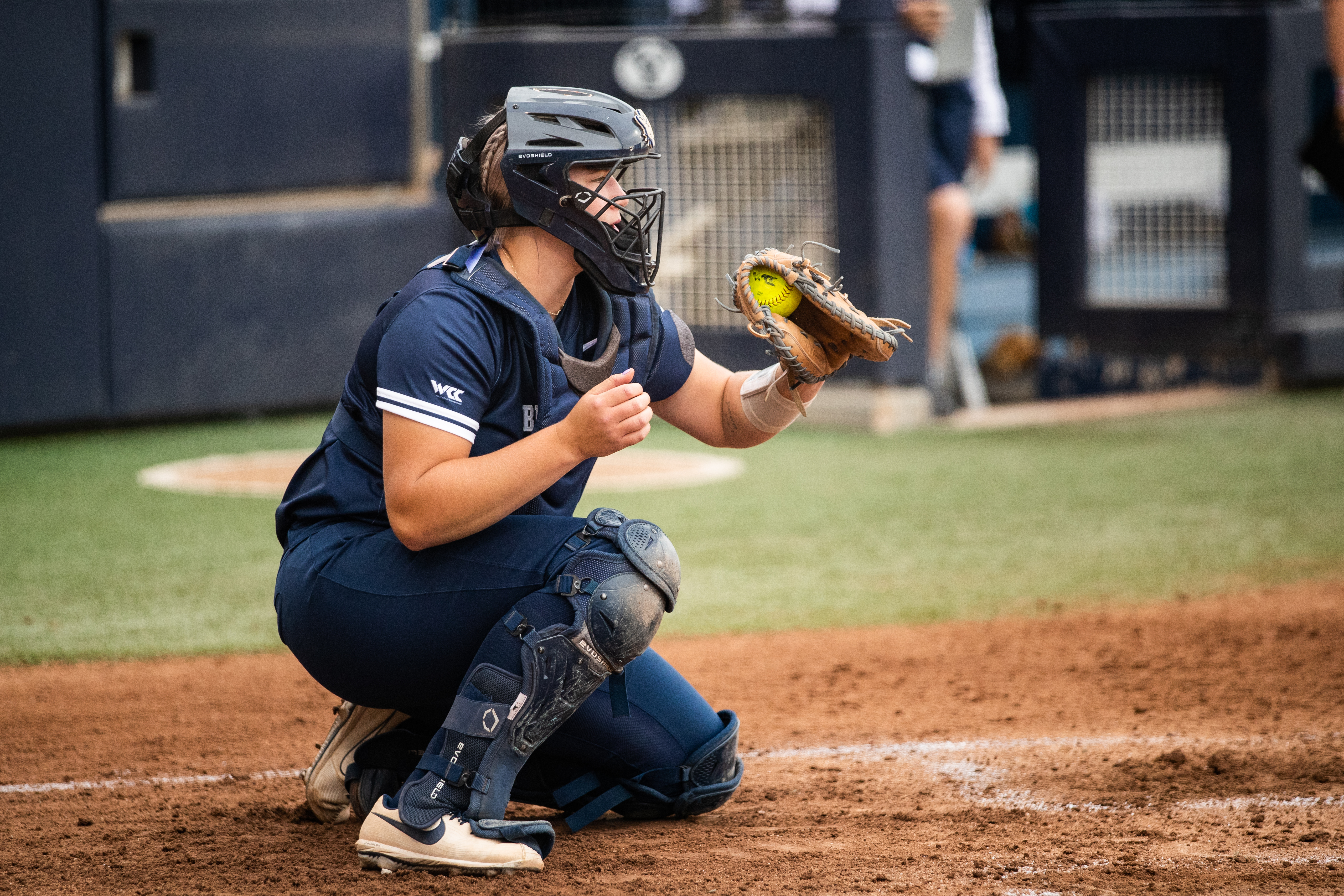

Though Draper gave up baseball and basketball his junior year, he wouldn’t change a thing about his experience growing up in Delta.
“I was trying to set myself apart at big meets, putting in some extra time, extra sacrifice to work hard and train with those people that would push me to get better,” Draper said.
All those long drives and extra practices lead him right to where he wants to be: a sprinter for BYU’s track team with a strong season ahead of him and his hometown cheering him on.

